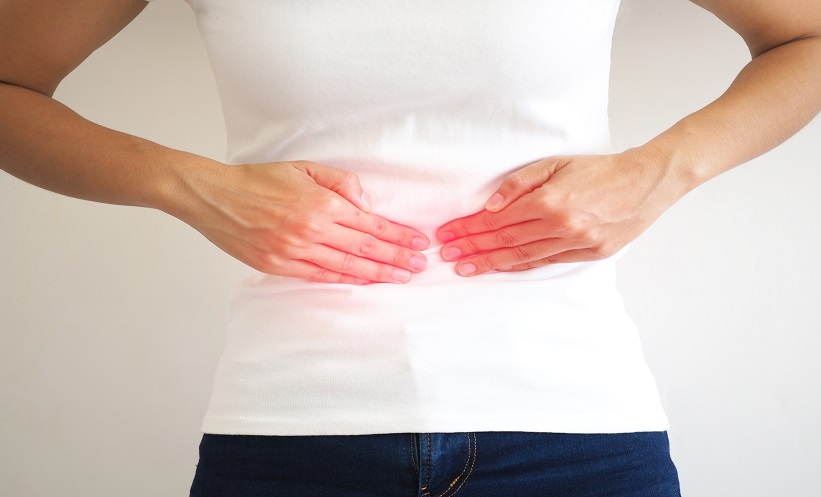INTRODUCTION
The global population of elderly (>65 years) people is increasing and will have a major impact on healthcare systems1,2 due to an increase in age-related diseases. Gastrointestinal (GI) symptoms are common among the elderly and the elevated pharmaceutical load in elderly patients is of potential harm to the intestine. It is known that long-term use of non-steroid anti-inflammatory drugs, commonly used for pain management among the elderly, can cause gastric ulceration, enteropathy,3,4 and increased intestinal permeability.5 A deteriorated barrier function is associated with increased psychological distress in the elderly with GI symptoms,6 and we have previously shown that specific dietary fibres can attenuate stress-induced hyperpermeability ex vivo in elderly patients with GI symptoms7 and patients with Crohn’s disease.8 However, the potential of dietary fibres to strengthen the intestinal barrier function in vivo in elderly individuals is, to our knowledge, not known.
AIM
We performed a randomised, double-blind, placebo-controlled parallel clinical trial to investigate whether 6 weeks of oral supplementation of wheat-derived arabinoxylan or oat β-glucan could strengthen the gut barrier function in elderly individuals and reduce indomethacin (a non-steroidal anti-inflammatory drug)-induced gut permeability. Furthermore, changes in gut microbiota composition, inflammatory/oxidative status, and self-reported health were evaluated after intervention.
METHODS
All qualified subjects (n=49) participated in a three-arm study design. Each arm consisted of 6 weeks of intervention with arabinoxylan, oat β-glucan, or placebo (maltodextrin). The primary outcome was set to changes in indomethacin-induced intestinal permeability before and after intervention as assessed by an in vivo multisugar test. Secondary outcomes were set to changes in microbiota composition, systemic inflammatory/oxidative status, and self-reported health. Blood and faecal samples were collected at both the beginning and end of the study. Dietary intake was estimated using a food frequency questionnaire.
RESULTS
Indomethacin was found to significantly increase small intestinal permeability in all three intervention arms, while colonic permeability was significantly increased in only one of the intervention arms. No significant effects on the primary parameters (intestinal permeability) or secondary parameters (microbiota, inflammatory/oxidative levels and self-reported health) were observed after intervention with either dietary fibre compared to placebo. Food frequency questionnaire analysis revealed that 85% of all elderly participants had an insufficient fibre intake, accounting only for a median of 64.6% (IQR 50.6–83.8%) of the Nordic Nutrition Recommendations.
CONCLUSION
Our data show that supplementation of arabinoxylan or oat β-glucan was not able to attenuate indomethacin-induced intestinal permeability. However, our results show that dietary fibre intake among the elderly was below the Nordic Nutrition Recommendations levels. This emphasises the importance to further investigate the effect of dietary fibres on gut health and barrier function in elderly for the development of appropriate dietary guidelines regarding supplementation of dietary fibres.
DISCUSSION AFTER PRESENTATION
Many relevant questions were raised and discussed after the presentation. Particularly, questions regarding how the oral supplements were delivered and ingested and concerns about the impact of the food matrix that the supplements were mixed with were addressed. The supplements were delivered in powder form and were either sprinkled over breakfast or taken in a morning drink. This led to further discussion about the compliance of the study participants, which was verified by counting the remaining study products returned after the study. The discussion was very meaningful and contributed to the possible explanations of the results and their implications, which will be very useful when finalising the authors’ research manuscript.








